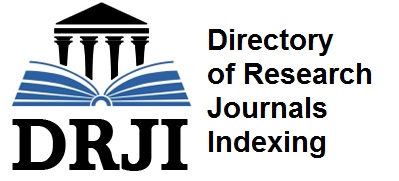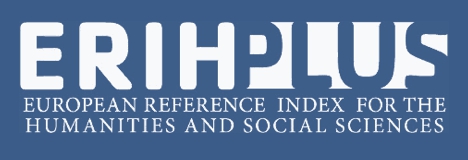Architetture della credibilità. Lessico e strutture concettuali per la moneta ed il credito (XII-XVII s.)
Architecture of credibility. Lexicon and conceptual frameworks for money and credit (12th - 17th c.)
Abstract
This essay sheds light on the lexical and conceptual history of money considered as an institution throughout a long period that goes over the conventional partition of history where the Middle Ages are completely separated from the Modern Era. This article maps out a path along the principal and varied textual types where money was thought of as bonum commune, as an institution of each community that used it. The main values attributed to this political object have been steady: trust, reliability, the capacity to be the medium of the commutatio as well as the medium of exchange. From this large amount of texts the key-role of the theological discussions emerges concerning the Christian identity, the perfection of the religious men who chose voluntary poverty as well as the perfection of the Christian merchant who could remain on the markets only with an adequate sum of money. This textuality maintened a dialogue between the canonistic and civilistic juridical texts where a large number of intellectuals were committed to organizing and systematizing monetary matters. After the end of the dogmatic monetary era, this kind of textuality can help us to re-think the role and the goals of money in our century.
Il saggio esamina la storia della moneta pensata come istituzione comunitaria a partire dal lessico che sostiene questa intelaiatura concettuale. In questo percorso, che mette in luce le principali e differenti tipologie testuali nelle quali si riflette sulla moneta, emerge la sostanziale disfunzionalità di una partizione storica fondata sulla divisione tradizionale tra Medio Evo ed Età Moderna. I valori costantemente attribuiti alla moneta sono: la fiducia, la credibilità, la capacità di essere medium della commutatio e della communicacio di ogni comunità che la usa, avendo il diritto di decidere o co-decidere sul suo valore. L'esame delle tipologie testuali rivela la centralità della riflessione teologica che mette in forma l'identità cristiana, la perfezione dello statuto religioso degli uomini che scelsero la povertà volontaria insieme a quella del mercante cristiano che deve essere pecuniosus per poter stare sui mercati. E' questa testualità a mantenere un dialogo costante che alimenta il pensiero giuridico tanto canonistico che civilistico impegnato a sistematizzare, nei testi dei diritti, la complessa materia monetaria. Dopo la fine della moderna dogmatica monetaria l'ampia serie di testi che la precedettero può aiutarci a ripensare il ruolo e gli obiettivi della moneta nel secolo che stiamo vivendo

This work is licensed under a Creative Commons Attribution-NonCommercial 4.0 International License.
Authors who publish with this Journal agree to the following terms:
Authors retain copyright and grant the Journal right of first publication with the work simultaneously licensed under a Creative Commons Attribution-NonCommercial 4.0 International License.
This Journal permits and encourages authors to post items submitted to the Journal on personal websites or institutional repositories both prior to and after publication, while providing bibliographic details that credit, if applicable, its publication in this Journal.

















